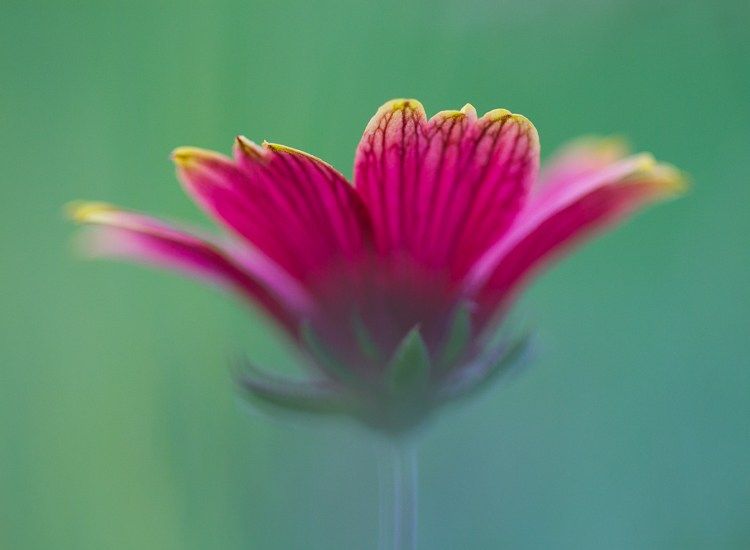The Importance of Understanding Camera Settings for Macro Photography
As a macro photographer, understanding and mastering your camera settings is crucial to capturing stunning and sharp close-up images. Whether you’re capturing the delicate details of a flower or the intricate patterns of an insect, knowing the right camera settings can make all the difference in the final result. Here are five essential camera settings that all macro photographers should know to enhance their photography skills.
1. Aperture Setting
When it comes to macro photography, the aperture setting is one of the most important factors to consider. A wide aperture (low f-stop number) allows for a shallow depth of field, which can help to isolate your subject from its background. This is particularly useful when capturing close-up shots of small objects, as it can create a beautifully blurred background that helps draw attention to the main subject.
On the other hand, a narrower aperture (high f-stop number) can increase the depth of field, ensuring that more of the subject is in focus. This can be beneficial when photographing larger subjects or when you want to capture intricate details throughout the entire image. Experimenting with different apertures can help you achieve the desired effect and create stunning macro images.
2. Shutter Speed
In macro photography, even the smallest movements can cause blurriness in your images. Therefore, it’s important to pay close attention to your shutter speed to ensure that your images are sharp and focused. Using a faster shutter speed can help freeze any slight movements and ensure that you capture crisp details in your macro shots.
However, using a faster shutter speed also means less light reaching the camera sensor, which can result in darker images. To compensate for this, you can increase the ISO setting to make the camera sensor more sensitive to light. Finding the right balance between shutter speed and ISO can help you capture sharp and well-exposed macro images.
3. ISO Setting
The ISO setting determines the sensitivity of your camera sensor to light. In macro photography, where lighting conditions can vary, understanding how to adjust the ISO setting is crucial. A lower ISO setting is ideal for shooting in bright, well-lit conditions, as it reduces the risk of image noise and maintains overall image quality.
On the other hand, in low light situations, increasing the ISO setting can help you capture well-exposed images. However, it’s important to keep in mind that higher ISO settings can also introduce more noise into your images. Finding the right balance between ISO and other camera settings can help you achieve well-exposed and sharp macro images in a variety of lighting conditions.
4. Manual Focus
When shooting macro subjects, achieving precise focus is essential to capture the intricate details of your subject. While autofocus can be useful in certain situations, it’s often not as accurate when it comes to macro photography. Using manual focus allows you to have complete control over what part of the subject you want to emphasize and ensure that the details are sharp and focused.
Additionally, using live view mode on your camera’s LCD screen can help you pinpoint the exact area you want to focus on, making it easier to achieve precise focus. Taking the time to manually focus on your subject can make a significant difference in the sharpness and clarity of your macro images.
5. Use a Tripod
Using a sturdy tripod can greatly improve the overall sharpness of your macro images. When shooting close-up subjects, any slight movement can result in blurry images, especially when using slower shutter speeds to capture more detail. A tripod provides stability and allows you to take your time composing and focusing on your subject without the risk of introducing camera shake.
Additionally, using a remote shutter release or the camera’s self-timer can further reduce the risk of vibrations and ensure that your images are as sharp as possible. Investing in a high-quality tripod can make a significant difference in the sharpness and overall quality of your macro photography.
In conclusion, mastering these five essential camera settings can significantly improve the sharpness and overall quality of your macro images. By understanding how to manipulate aperture, shutter speed, ISO, and focus, as well as using a tripod, you can capture stunning and well-defined close-up shots that showcase the intricate details of your subjects. With practice and experimentation, you can elevate your macro photography skills and produce captivating images that truly stand out.
You can review our digital products by following us on Etsy.





